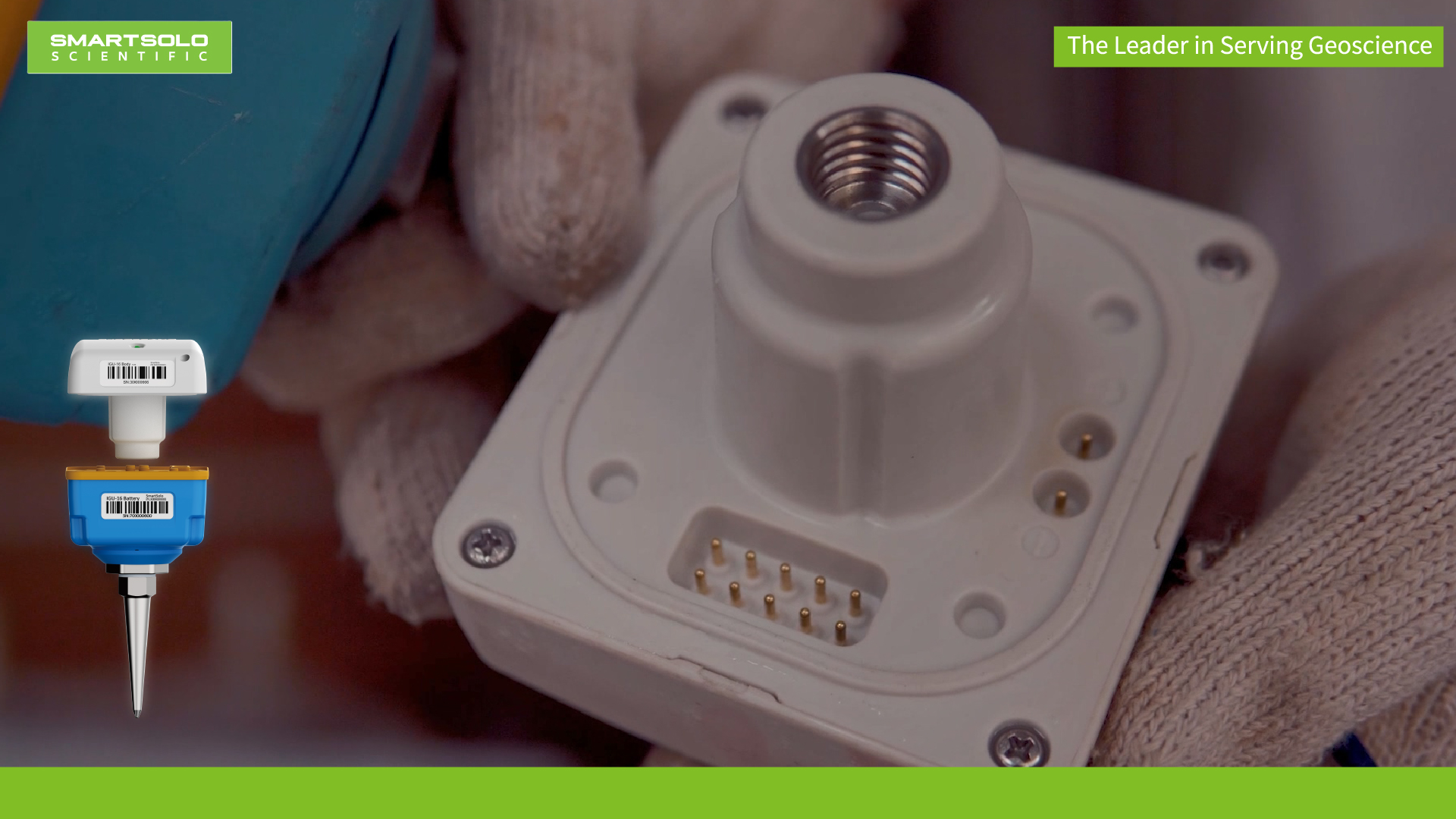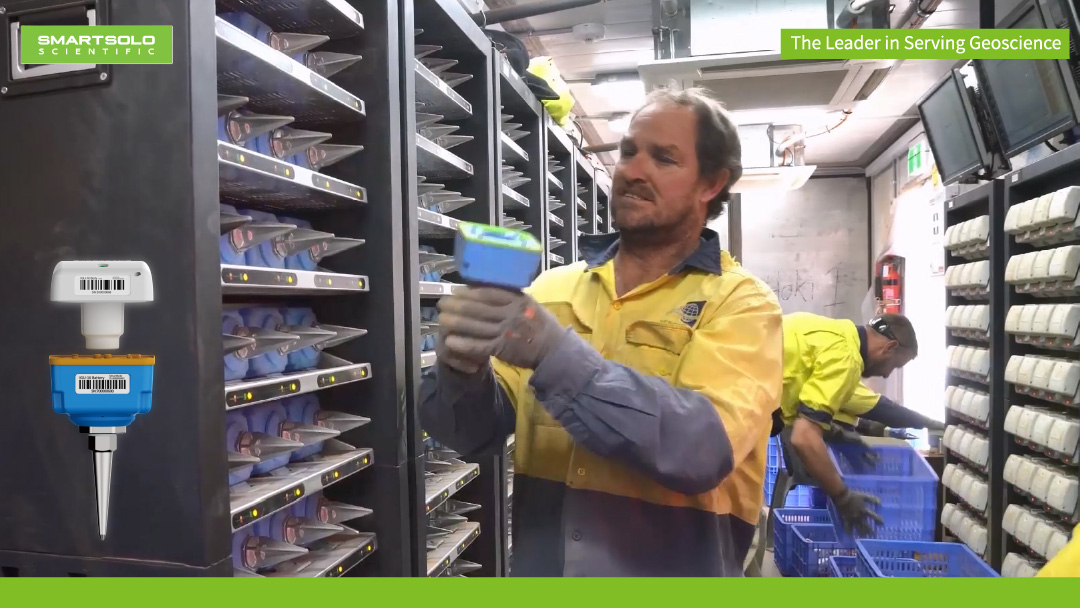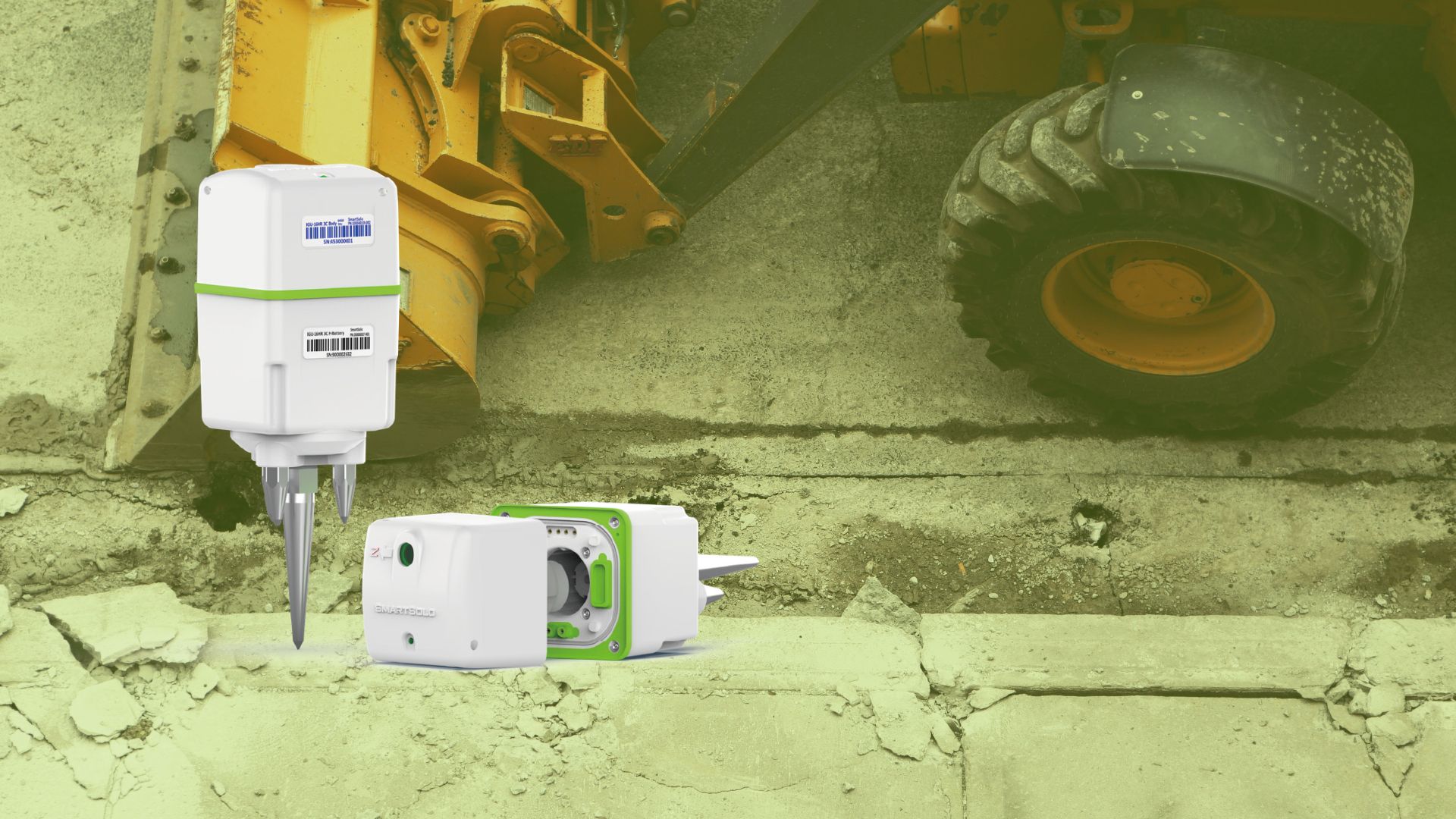
Equipment Model: IGU-16HR 3C
Ground-borne vibrations, originating from construction activities, traffic, and machinery, pose significant challenges in civil engineering, impacting nearby structures and sensitive equipment. Addressing these vibrations effectively is crucial to ensure structural integrity and minimize disruptions. Innovative solutions, like utilizing Tire Derived Aggregates (TDA), are gaining traction for their sustainability and effectiveness.
The Growing Need for Sustainable Vibration Mitigation
With increasing urbanization and infrastructure development, the issue of ground-borne vibrations is becoming increasingly prevalent. These vibrations, often characterized as Rayleigh waves traveling near the ground surface, can cause structural damage, disrupt sensitive equipment, and even impact human health and well-being. Traditional vibration mitigation methods, such as open trenches or infilled trenches with materials like concrete and geofoam, have limitations, including cost, environmental impact, and effectiveness.
TDA: A Promising Solution for a Circular Economy
TDA, produced by shredding scrapped tires, presents a sustainable alternative to the traditional methods. The global accumulation of waste tires poses a significant environmental concern, with an estimated 1.5 billion tires discarded annually, which is projected to reach 5 billion by 2023. TDA offers a practical solution for reusing these tires, contributing to a circular economy while simultaneously addressing the growing need for effective vibration mitigation.
SmartSolo Node: Enabling Precise Vibration Measurement
Researchers at Dalhousie University, seeking to evaluate the effectiveness of TDA as a vibration barrier, employed the SmartSolo IGU-16HR 3C nodes in their groundbreaking study. The SmartSolo nodes are renowned for their high resolution and three-dimensional vibration measurement capabilities, which proved instrumental in capturing accurate data for this research. These state-of-the-art sensors offer exceptional sensitivity and a wide frequency range, making them ideal for various applications in earth sciences, including seismic monitoring, geological surveys, and engineering investigations.

The Dalhousie University Study: A Detailed Look
The study, meticulously designed to minimize external influences, utilized a large steel tank filled with poorly graded sand (SP) to simulate real-world scenarios. The tank's boundaries were lined with EPS geofoam sheets to absorb reflected waves, ensuring accurate measurements. The SmartSolo IGU-16HR 3C nodes were strategically positioned within this controlled environment, enabling researchers to measure the impact of varying trench depths, vibration frequencies, and soil burial depths on the performance of TDA barriers.
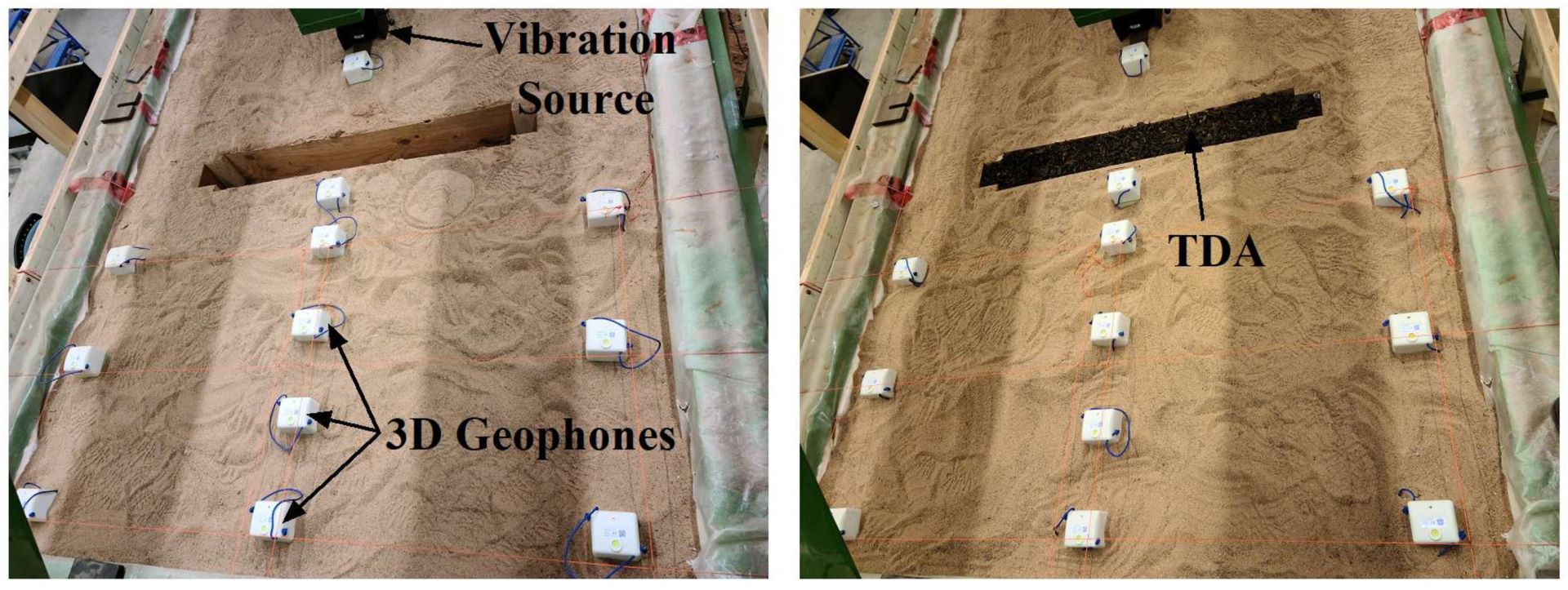
The research focused on measuring soil particle velocity at various points along the path of the propagated waves. This data, analyzed in both the time domain and frequency domain using Fast Fourier Transformation (FFT), provided insights into the amplitude reduction ratio (Ar) – a key metric for evaluating vibration mitigation effectiveness.
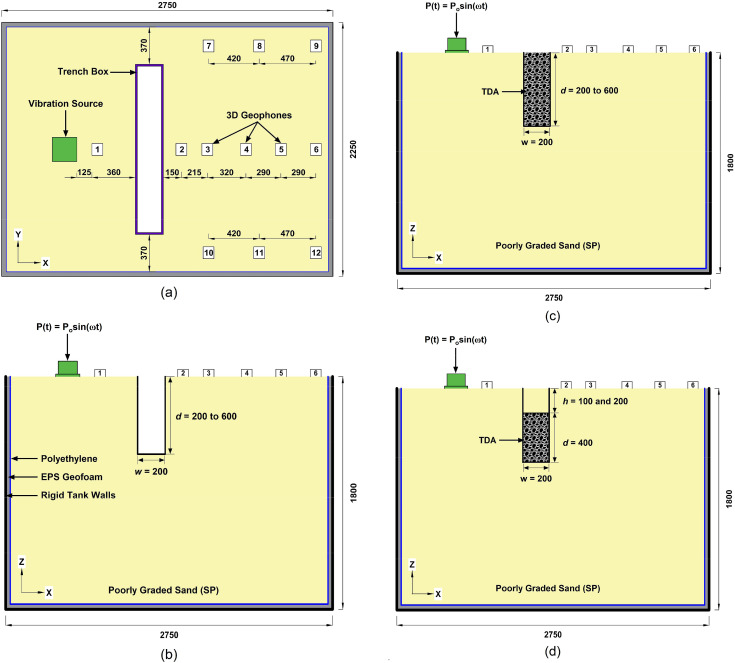
Key Findings: TDA's Superiority as a Vibration Barrier
The Dalhousie University study provided compelling evidence supporting TDA's efficacy as a vibration mitigation solution:
Superior Performance: TDA trenches consistently demonstrated better performance than open trenches in reducing vibration amplitudes. The study attributed this superiority to TDA's high damping capacity, effectively absorbing vibrations and minimizing their propagation.
Optimal Normalized Trench Depth: The research identified an optimal normalized trench depth (D) range – the ratio of trench depth to the Rayleigh wavelength (λR) – of 1 to 1.3 for both open and TDA trenches. This finding offers a crucial design parameter for engineers, enabling them to optimize trench dimensions for maximum vibration isolation.
Frequency and Depth Considerations: The study highlighted the interconnectedness of vibration frequency and trench depth in influencing isolation performance. Increasing the normalized trench depth generally enhances mitigation; however, higher frequencies demonstrated greater effectiveness for a given normalized depth.
Multi-Directional Effectiveness: Both open and TDA trenches excelled in mitigating vertical vibrations, surpassing their effectiveness in mitigating longitudinal and transverse vibrations. Notably, TDA trenches exhibited more consistent performance across all directions.
Burial Depth Impact: Covering TDA trenches with soil significantly reduced their effectiveness. This finding underscores the importance of minimizing the normalized burial depth (H) – the ratio of soil cover depth to the Rayleigh wavelength – to below 0.15 for optimal performance.
The Significance of the Research and the Contribution of SmartSolo
The Dalhousie University study, utilizing the SmartSolo IGU-16HR 3C nodes, has significantly advanced our understanding of TDA's potential as a sustainable and effective vibration mitigation solution. The research provides valuable insights for engineers and researchers in the field of earth sciences, offering a robust foundation for implementing TDA trenches in various civil engineering projects.
The SmartSolo cutting-edge nodes played a pivotal role in generating this crucial data, enabling precise measurements and facilitating a deeper understanding of the complex dynamics involved in vibration mitigation. The study's findings, combined with the SmartSolo advanced technology, empower the development of sustainable, cost-effective, and environmentally friendly solutions for vibration control, contributing to safer, more resilient infrastructure and a healthier environment.
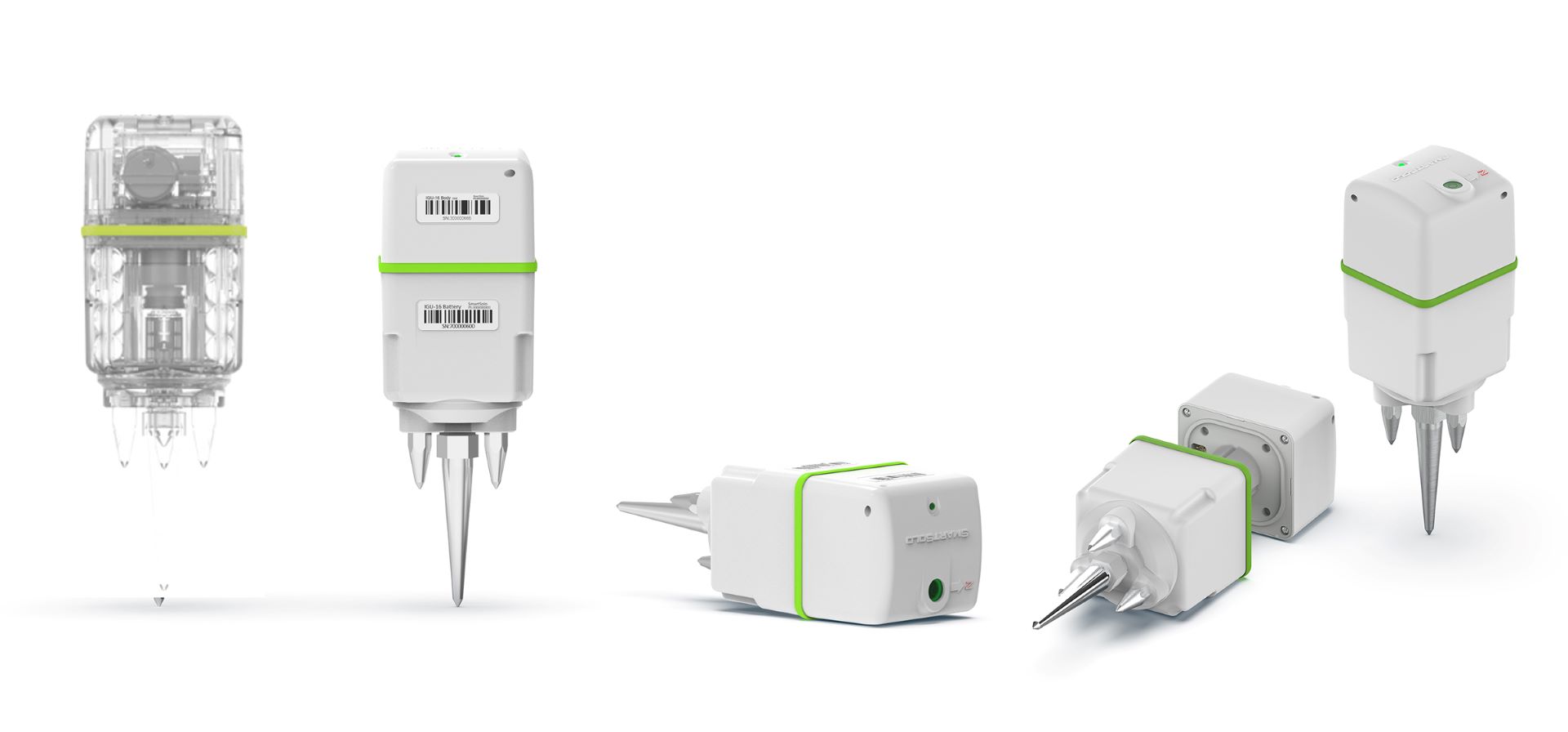
Source: Using tire derived aggregates (TDA) as infill material for wave barriers

